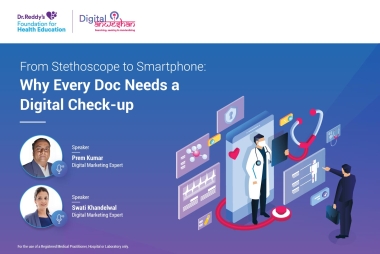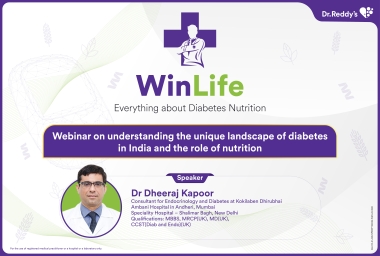
Celevida

Celevida
Celevida: Expert-Recommended Diabetes Nutrition Supplement for Effective Blood Sugar Control, Weight Management & Healthy Living. High in Protein & Fiber, Low in Carbs & Fats. Ideal for Diabetics, Pre-Diabetics & Obese/Overweight Adults Seeking a Natural Solution for Diabetes Management & Weight Loss.



















